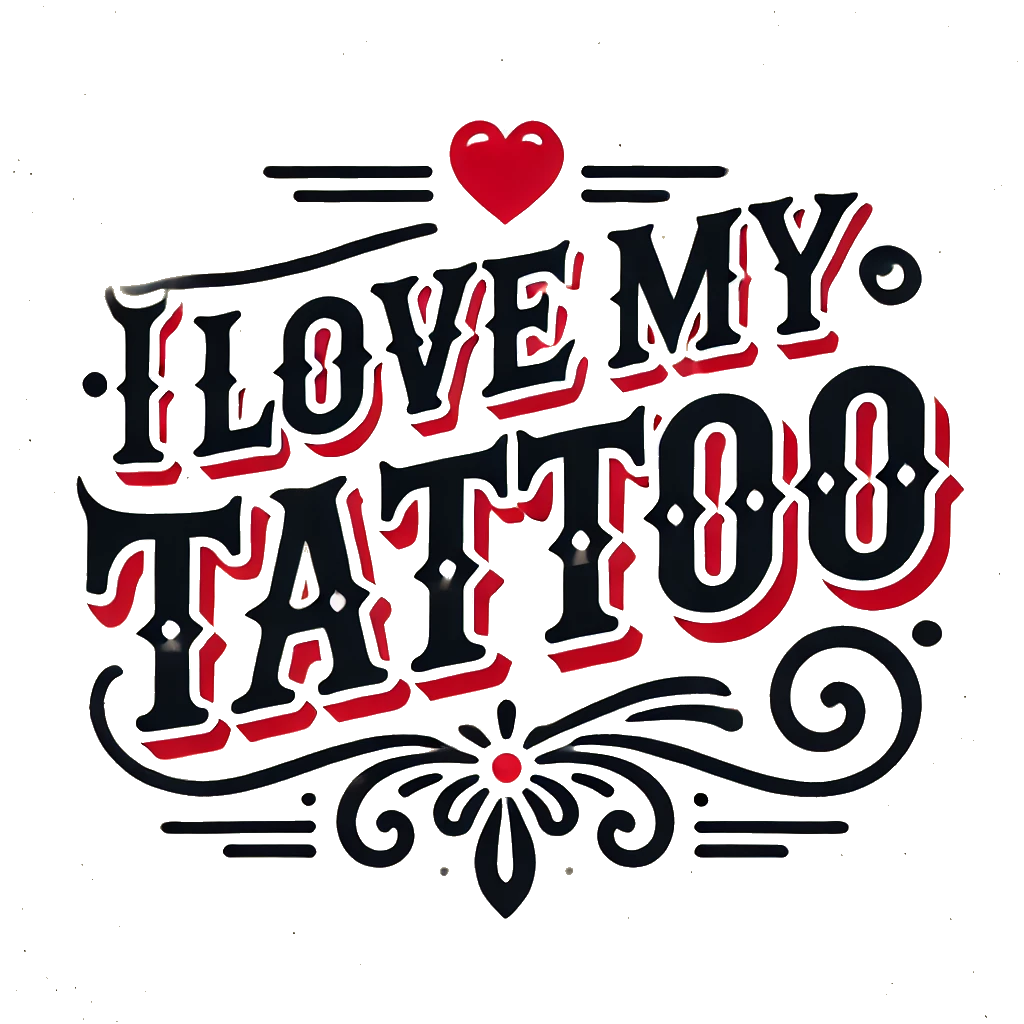Tattoos have been a form of body art and self-expression for centuries, with a rich history that spans cultures and time periods. The evolution of tattoo styles over time reflects changing societal attitudes, technological advancements, and artistic influences.
Ancient tattoos were often simple designs created using rudimentary tools such as bone needles and natural pigments. These early tattoos were primarily used for spiritual or cultural purposes, with symbols representing status, protection, or affiliation with a particular group.
In the 18th and 19th centuries, tattoos became popular among sailors and soldiers as a way to commemorate their travels or military service. Traditional styles such as American traditional, also known as old school, emerged during this time, characterized by bold lines, bright colors, and iconic imagery like anchors, roses, and swallows.
The 20th century saw the rise of new tattoo styles influenced by different art movements and subcultures. The blackwork style emerged in the 1970s, focusing on intricate black designs with heavy shading. Japanese traditional tattoos, known as irezumi, gained popularity in the West for their detailed motifs inspired by ukiyo-e woodblock prints.
In recent decades, tattooing has become more mainstream and diverse than ever before. Artists now have access to advanced equipment and a wide range of ink colors, allowing for greater creativity and precision in their work. Realism tattoos have become increasingly popular, with artists creating lifelike portraits or nature scenes that rival traditional painting techniques.
Other contemporary styles include watercolor tattoos that mimic the fluidity of watercolor paintings, geometric tattoos featuring intricate patterns and shapes, and minimalist tattoos with simple line work or tiny symbols. Cultural appropriation has also become a topic of discussion within the tattoo community as artists navigate the fine line between appreciation and exploitation of cultural symbols.
Overall, the evolution of tattoo styles over time reflects a dynamic interplay between tradition and innovation. As tattooing continues to evolve as an art form, artists draw inspiration from diverse sources to create unique designs that resonate with clients seeking personal expression through body art.



